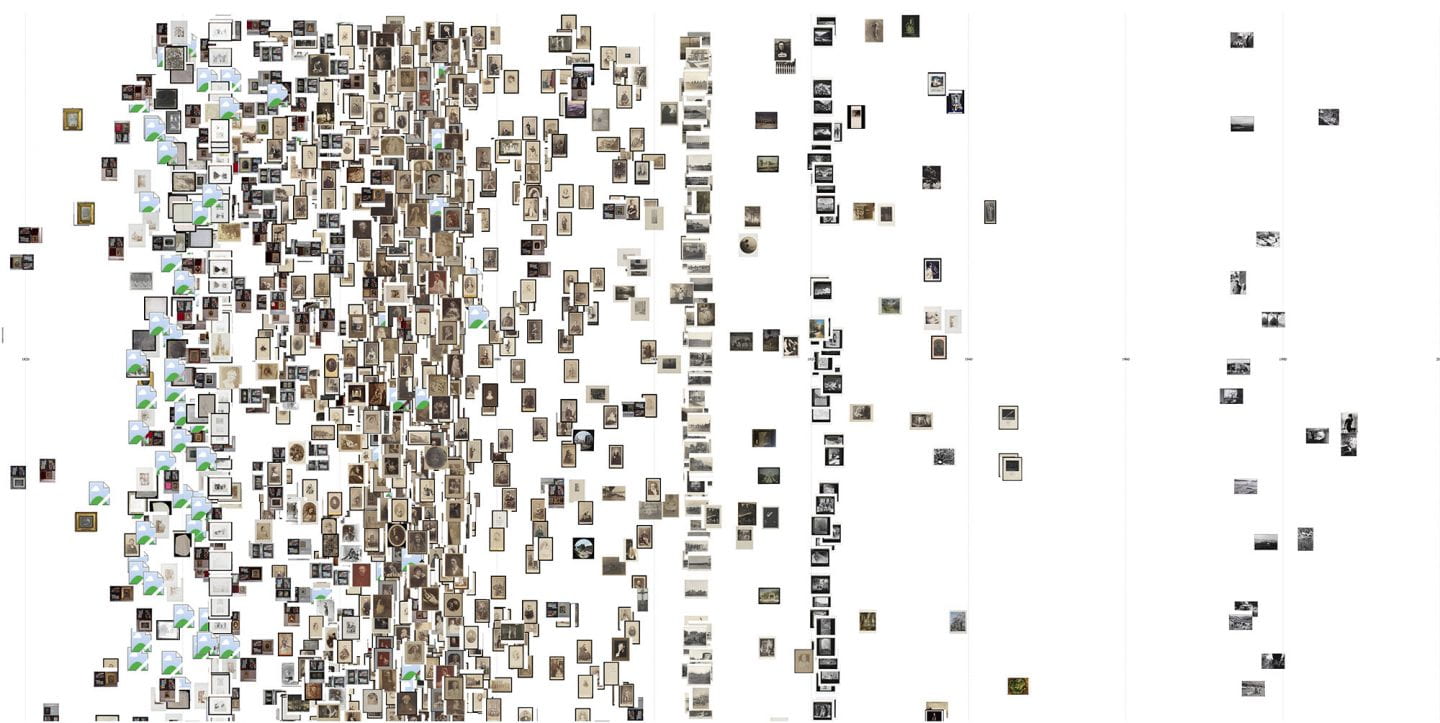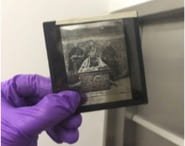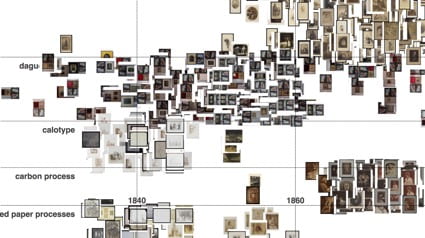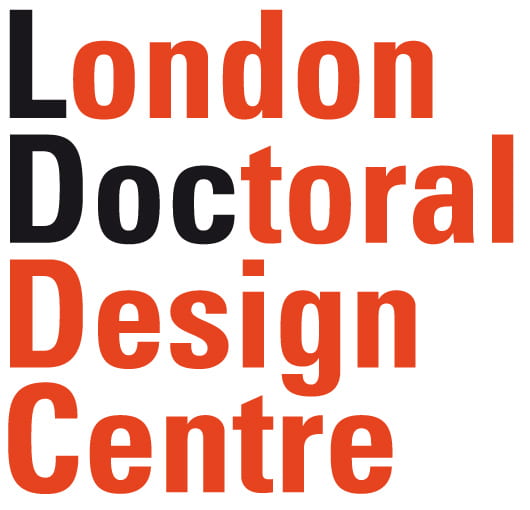
This post was first published on the V&A blog in Aug 2018 and later on oliviavane.co.uk
My PhD topic is designing timeline visualisations that offer new ways to explore cultural data.
As cultural institutions like the V&A digitise their physical holdings – images, objects, texts – the resulting volume of data can be difficult to make sense of, or present.
Representing that data visually can make it more accessible, understandable and ultimately usable.
The data around a museum collection comes with particular challenges; cultural datasets are very diverse and the data we have to work with can be heterogeneous, incomplete, imprecise and uncertain. The sheer number of objects and their variety can make life fairly complicated.
I am thinking about the different ways that themes and connections across time can be brought out in collection data, and have previously done projects with Wellcome Library data, and at the Cooper Hewitt Smithsonian Design Museum.

At the V&A, I am sitting in with Digital Media and have been working with the (partly-)digitised Royal Photographic Society (RPS) collection.
The RPS collection showcases the history of the art of photography, and includes over 270,000 photographs.
The photographs are of varying forms (small and large prints, glass slides etc.) and were made using a range of techniques, including early experiments in the development of photographic technology. It’s a diverse collection including photographs made by important early pioneers as well as plentiful, widely-produced types.

To see the timeline visualisations continue reading here
